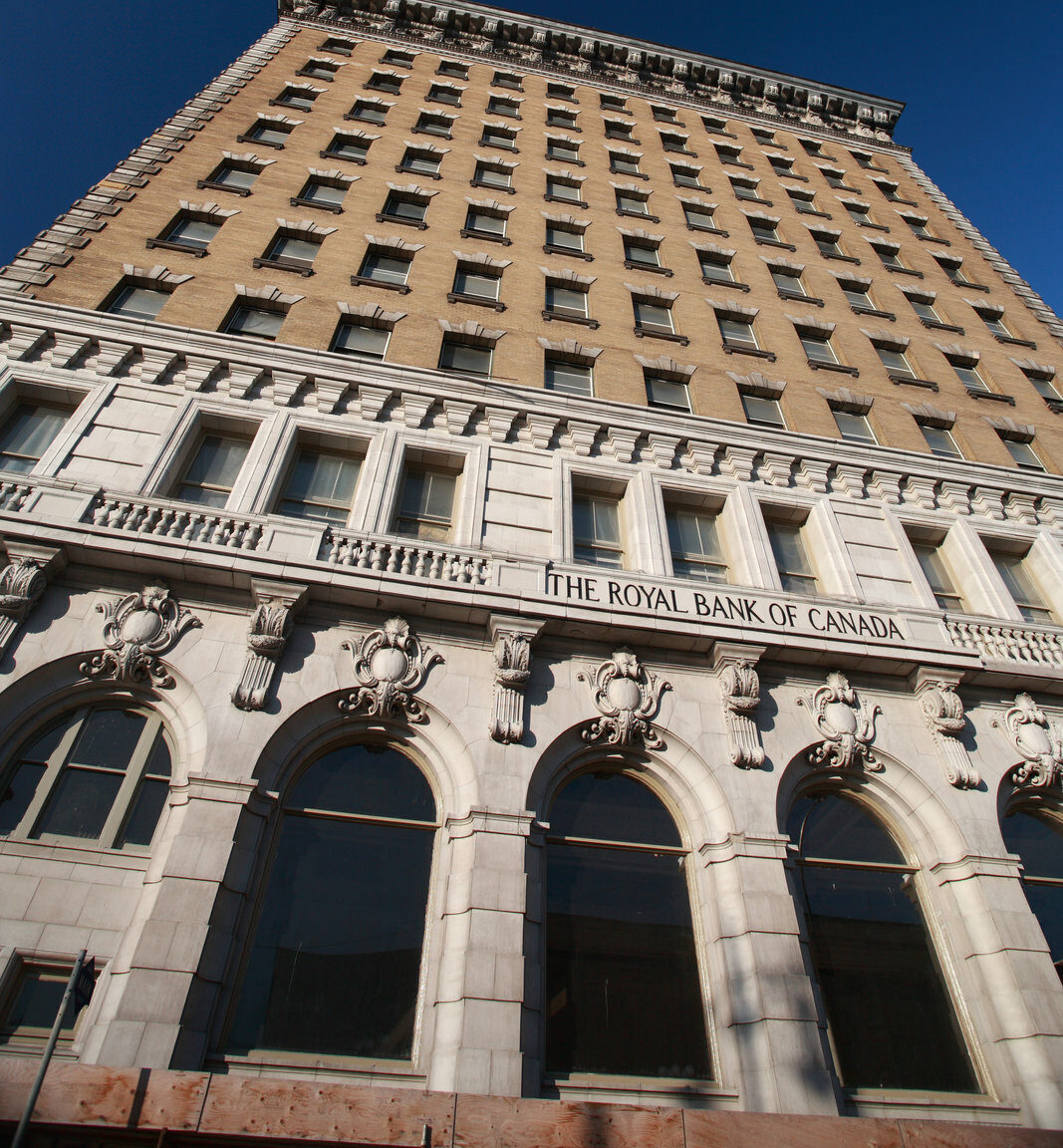The Bank of Canada left the overnight policy rate at 4.5%, as expected this month, stating their view that inflation will hit 3% by mid-year and reach the 2% target by next year. They admit, however, that demand continues to exceed supply, wage gains are too high, and labour markets are still very tight.The Bank is also continuing its policy of quantitative tightening.
Most economists believe the Bank of Canada will hold the overnight rate at 4.5% for the remainder of this year and begin cutting interest rates in 2024. A few even think that rate cuts will begin late this year.
The movement of interest rates has been at the forefront of the financial market, driving the surge and subsequent cooldown of the 2020 to 2022 housing market. When inflation started to go rampant and the Bank of Canada increased interest rates an additional 2% higher than expected last year, it put a huge dent in the housing bubble. Despite efforts to slow inflation the central banks might need to do more increases. We know that the US has just increased their benchmark rate by .25% in March and with multiple factors like the war in Ukraine, job reports, and high inflation, it has put central bank interest rates under continuous pressure.
The Bank of Canada’s meeting on March 8th provided a brief pause in the interest rate hike, giving the financial markets a breather. However, this pause only underscores the tipping point that the market is currently perched upon, with the possibility of inflation or a potential recession. Central banks worldwide are aiming for a “soft landing,” but it is easier said than done. This pause is meant to counteract the upward push from the US Federal Reserve, which had initially planned to raise rates by 0.25% or even 0.5%.
The economies of Canada and the US are closely intertwined, and the fluctuation of currency values affects their import and export businesses. If the US interest rates rise higher than Canada’s, it could cause a flood of investment and a weaker Canadian dollar. This could make exports, such as oil and gas, more appealing but could also worsen inflation as imports become more expensive.
For people with variable rate mortgages, the Bank of Canada’s pause in interest rate hikes is welcome news. However, most new mortgages these days have fixed rates, with a significant gap between fixed and variable rates. In many cases, variable rates are a full 1% to 1.5% higher than fixed rates right now with their bank discounts. Fixed mortgages are closely tied to bond markets, which saw a major decrease the last few weeks – the biggest three-day drop since the early 1980s.
The collapse of SVB, along with Signature Bank and Silvergate sent shockwaves through the financial world, resulting in a nosedive in bond yields, the likes of which we have not seen in almost four decades. With the second and third largest bank failures in the US (SVB and Signature) happening last few weeks, we are seeing a ripple effect. However, experts do not expect this to be a repeat of the 2008 financial crisis, as there are significant differences between SVB’s downfall and the events of 2008.
Firstly, this isn’t 2008. We are not facing a crisis like we did back then. Secondly, chatter about US bank challenges has slowed down (but not stopped and there are more challenges ahead). But we are not the US. Our banking system is much different up here north of the border. Although when the US sneezes we tend to get a cold, we will be just fine. Sleep well tonight, my friend.
Inflation has cooled again – as of the end of March we were looking at a decline over the previous reporting down to 4.3%. Still high (and food more-so) but on the way down. In fact there are murmurs that the inflation rate could come down to around 3% by the middle of this year and maybe settle at the target 2% by the end of 2024.
Which leads us to interest rates. At its recent last meeting, the Bank of Canada paused on rate leaving it at 4.5%. That’s not to say they aren’t reserving the right to further increases but we like what we see at this point. There are indications that supply chains are loosening up which helps.
Share this article
Kelly Wilson
Kelly Wilson, a top national mortgage producer, has dedicated 19 years to customizing financial solutions for clients across Canada. Her strategic approach has facilitated over $1 billion in mortgage funding. Starting her real estate investment journey at 21, she now holds $11 million in assets. Kelly's mission is empowering clients to achieve financial freedom and sustainable wealth.




